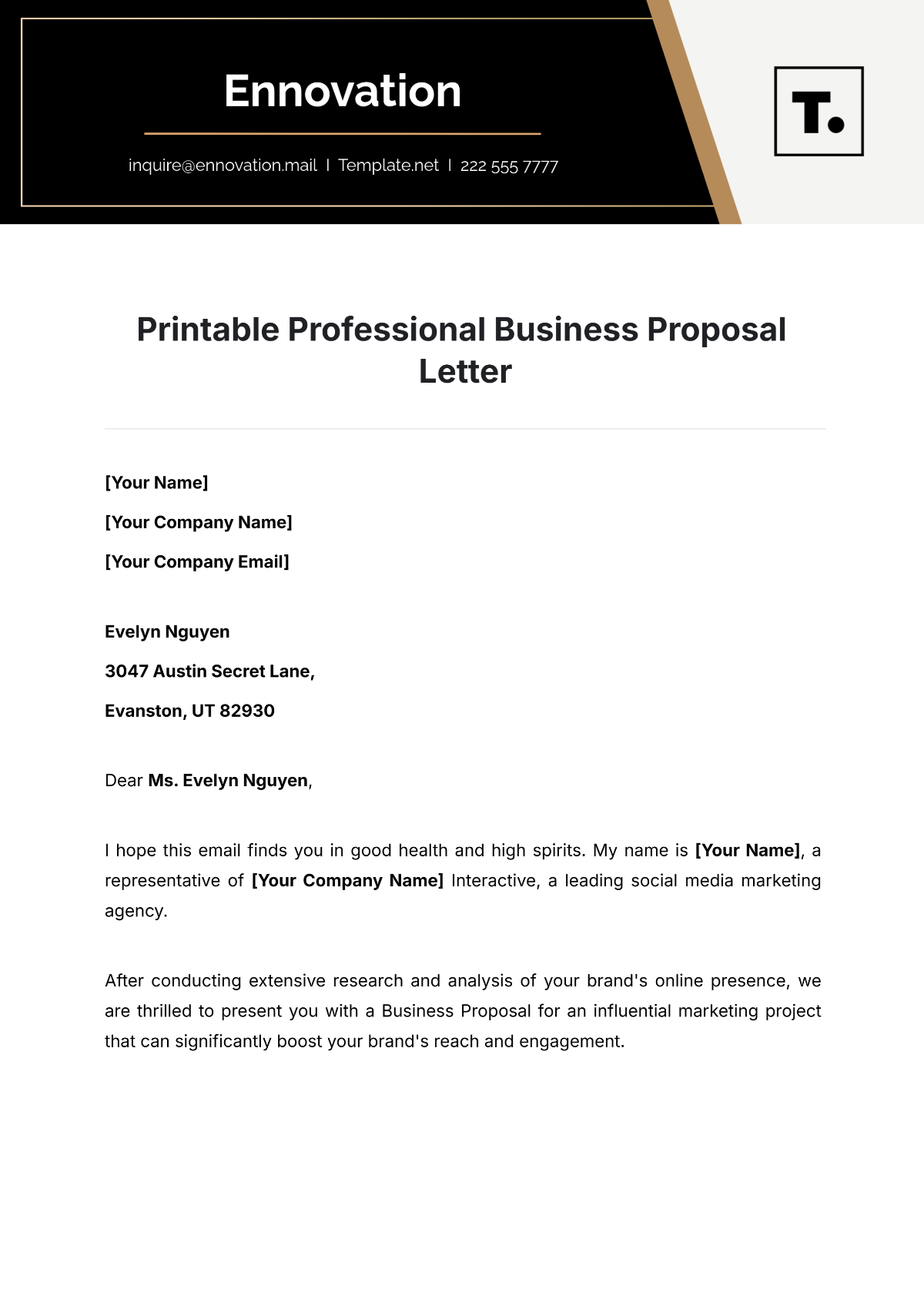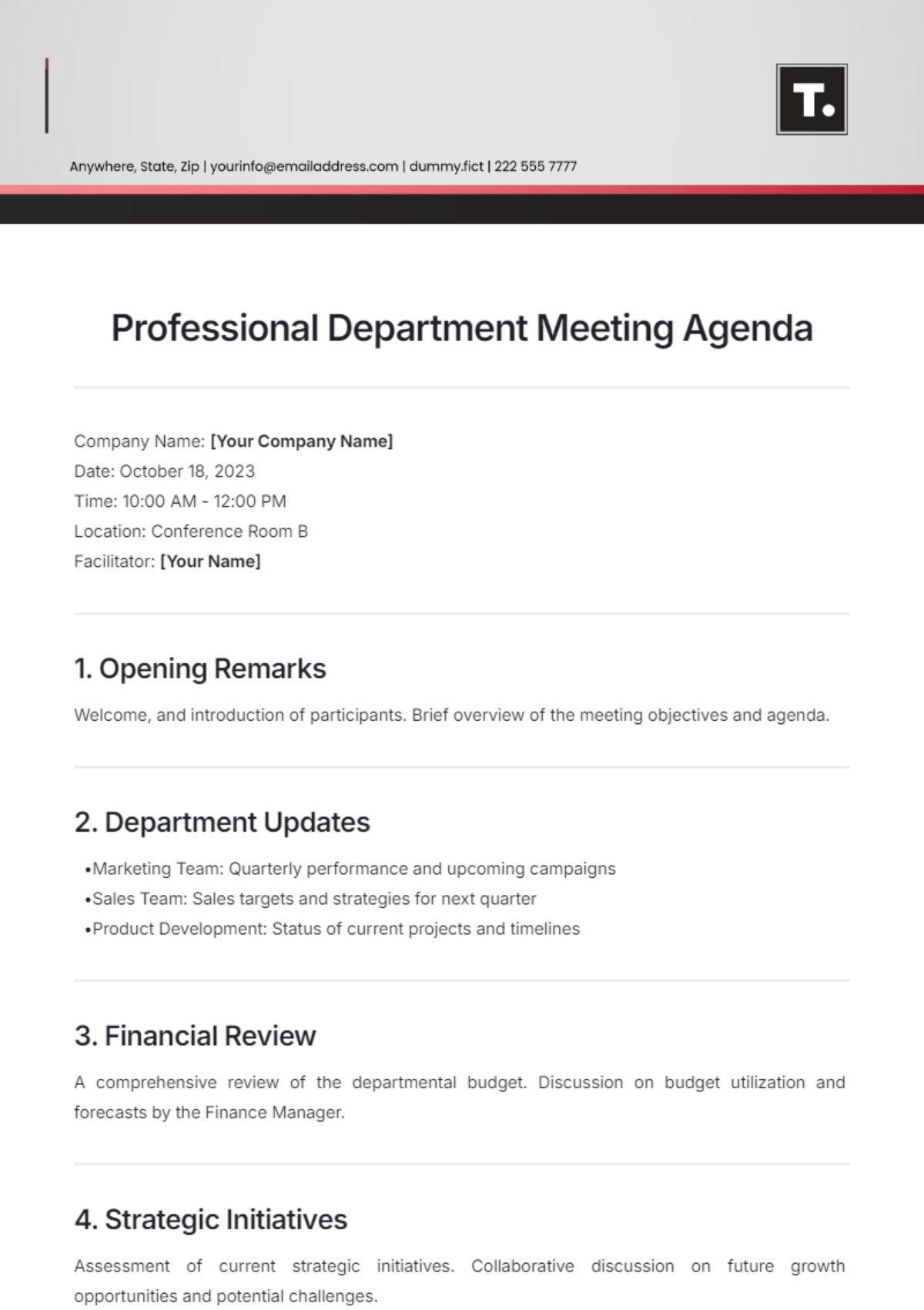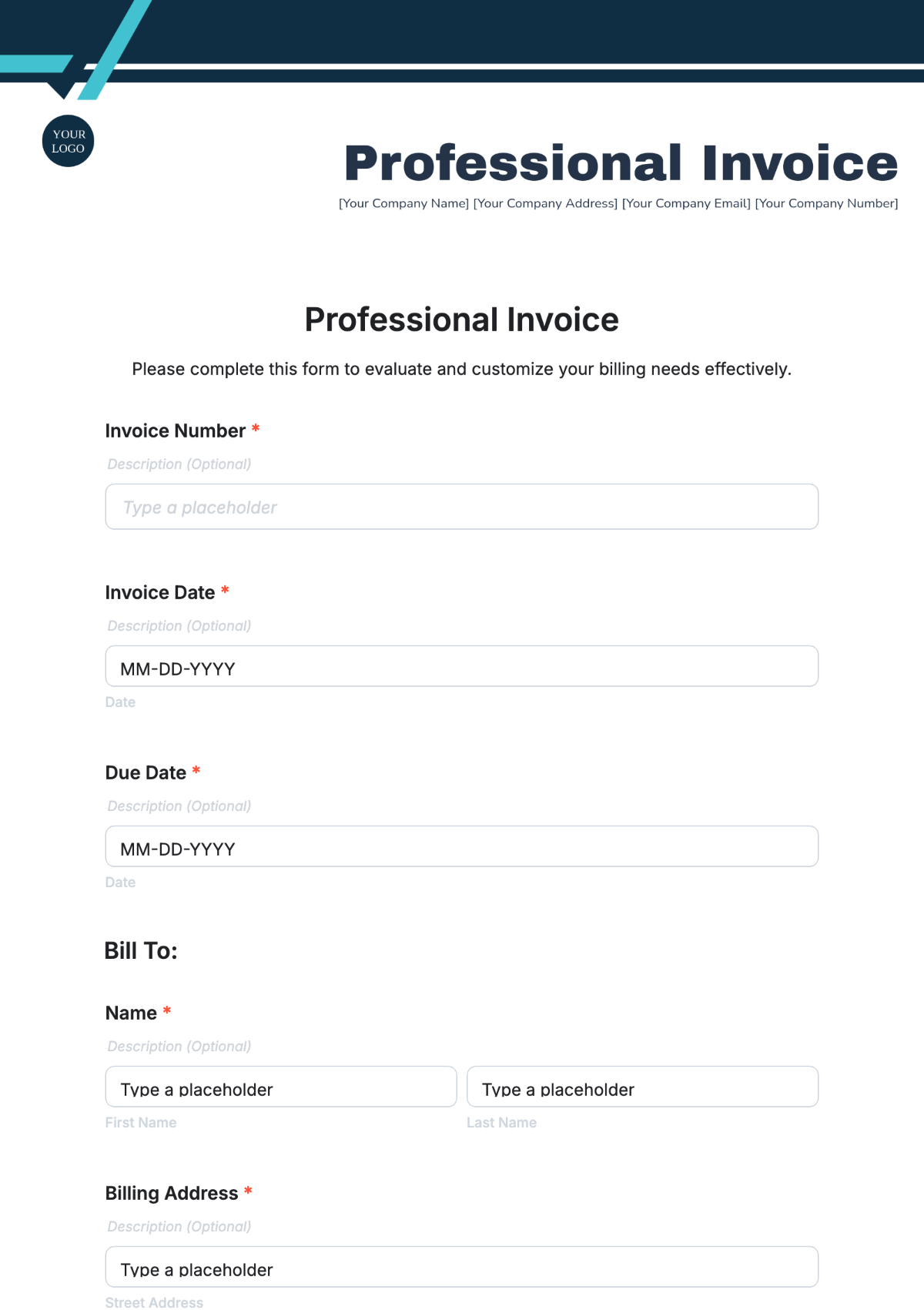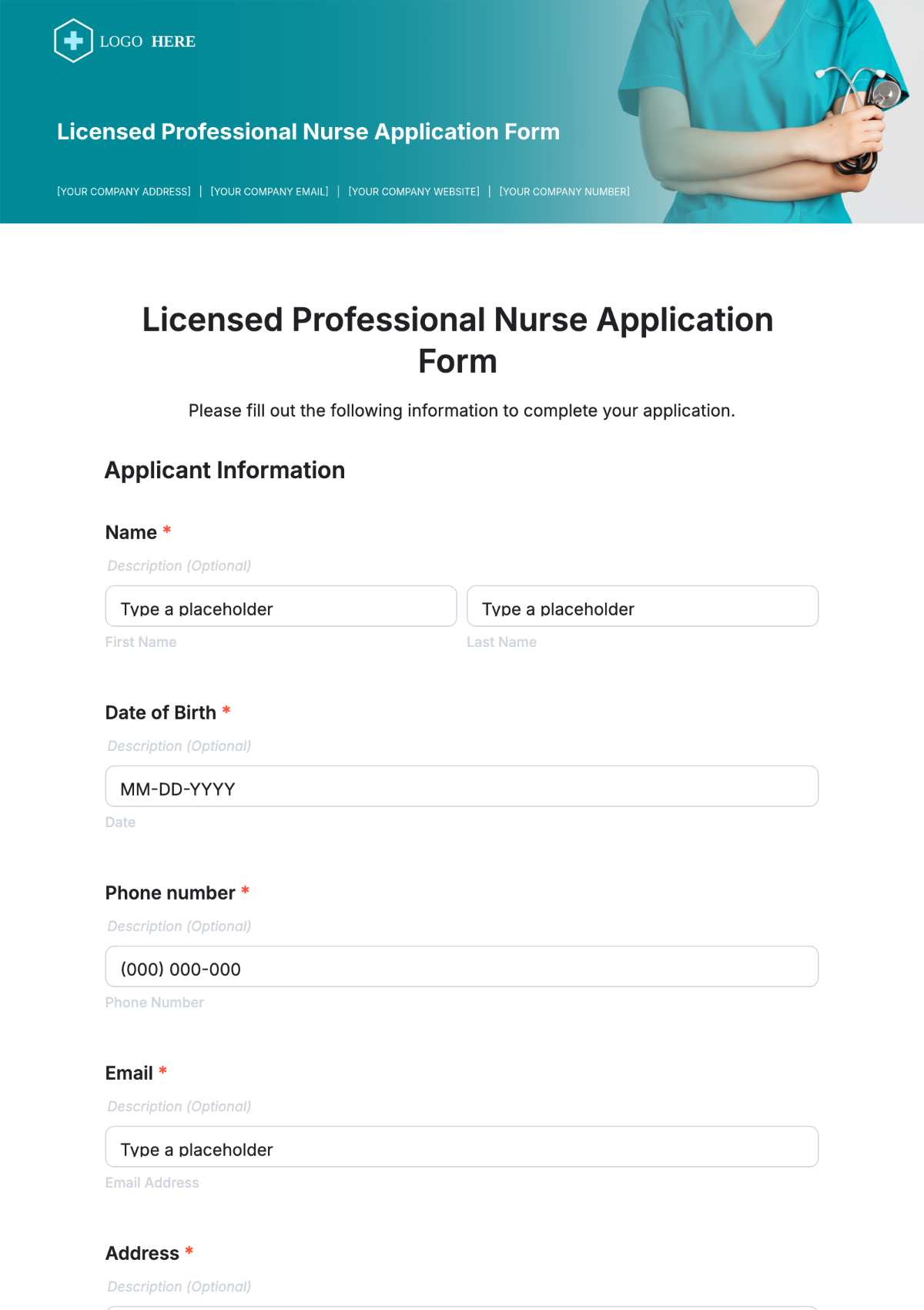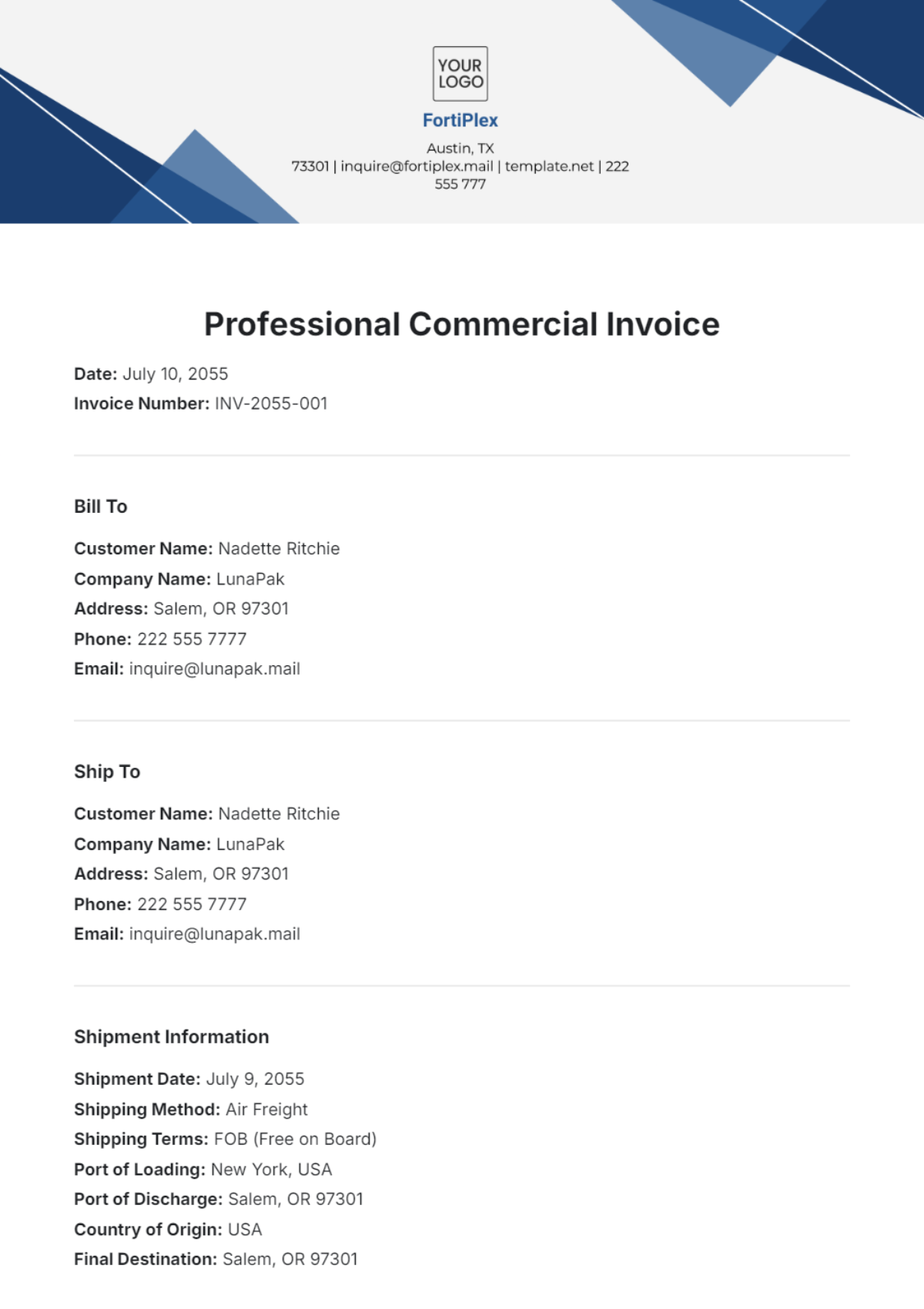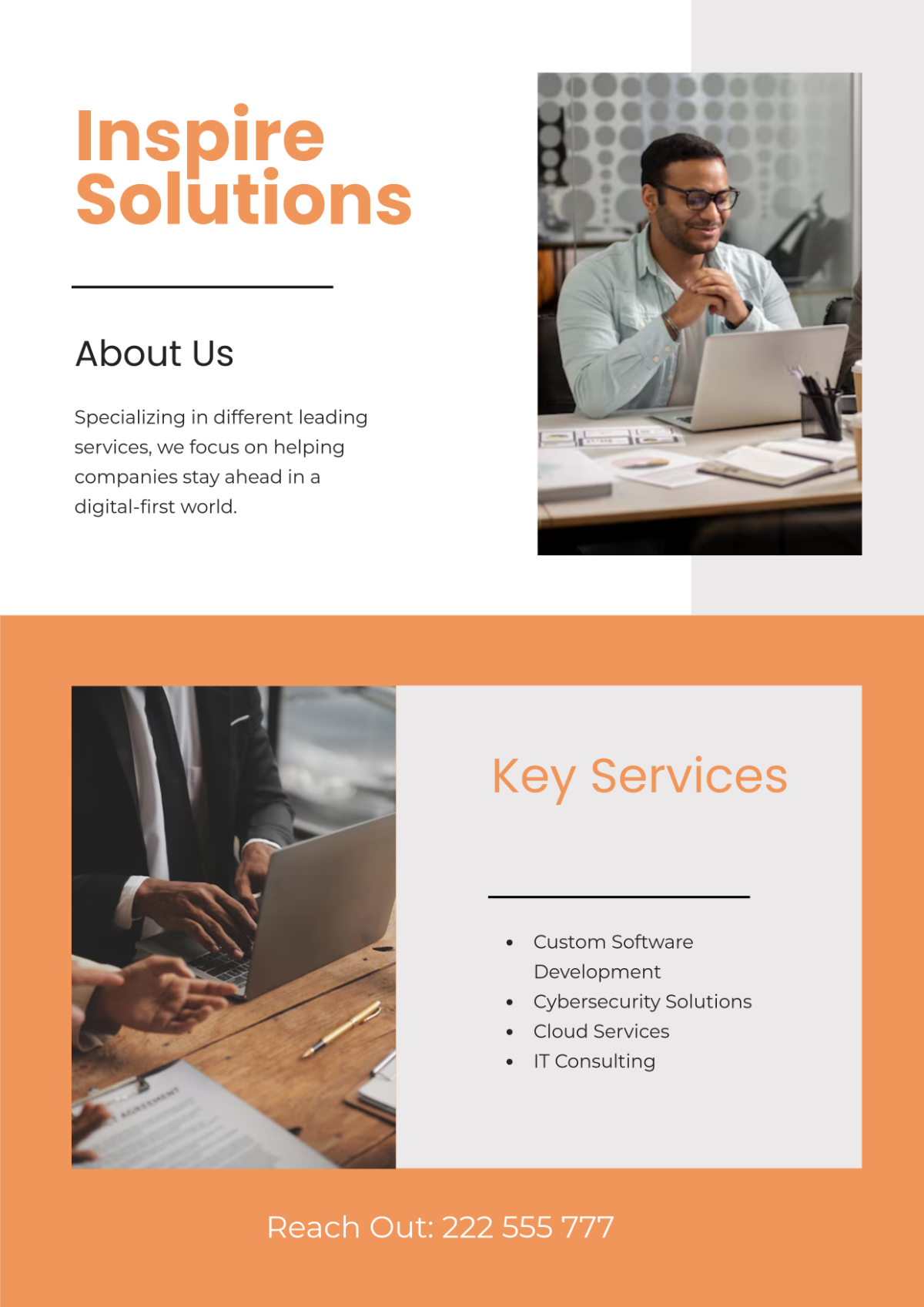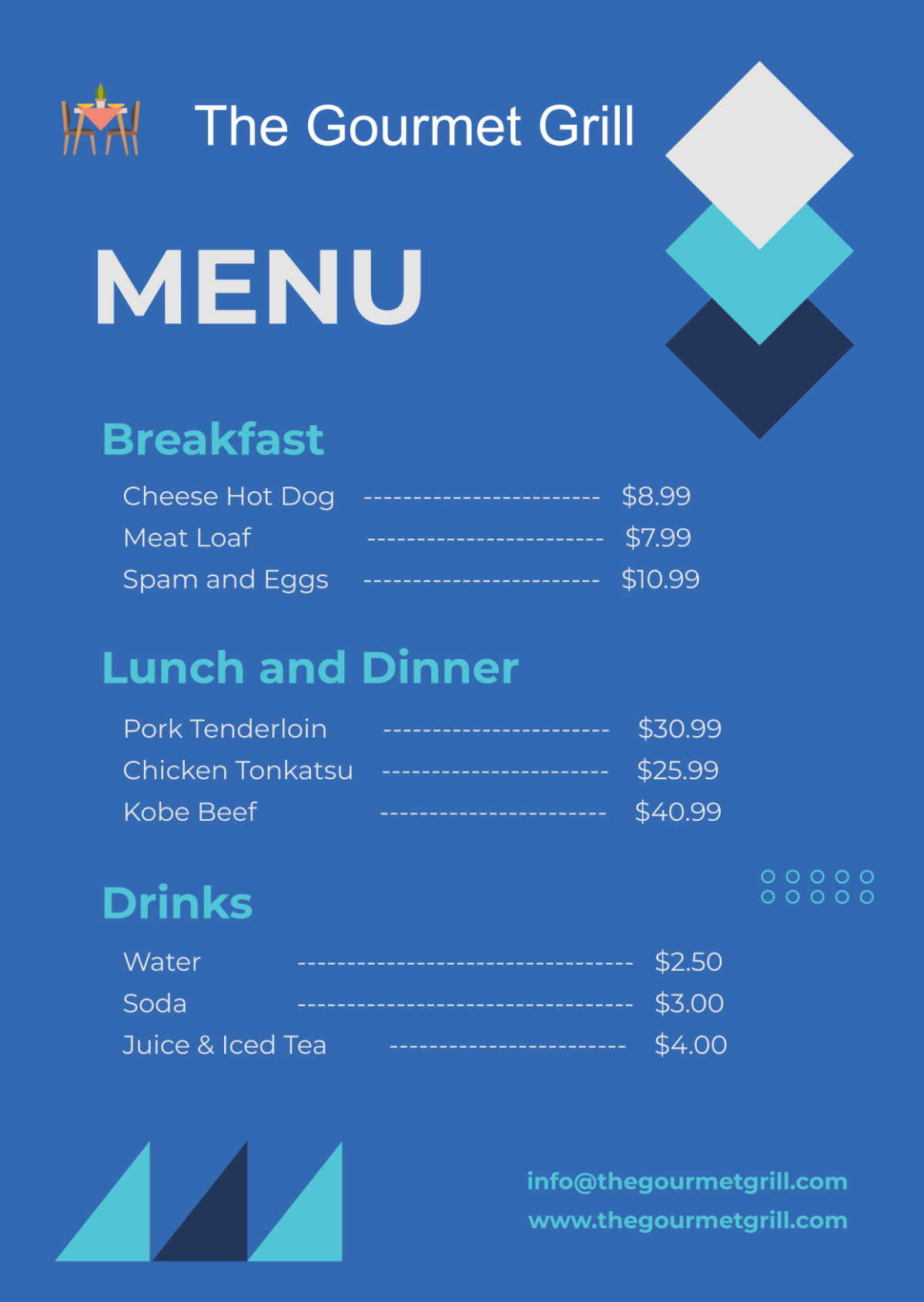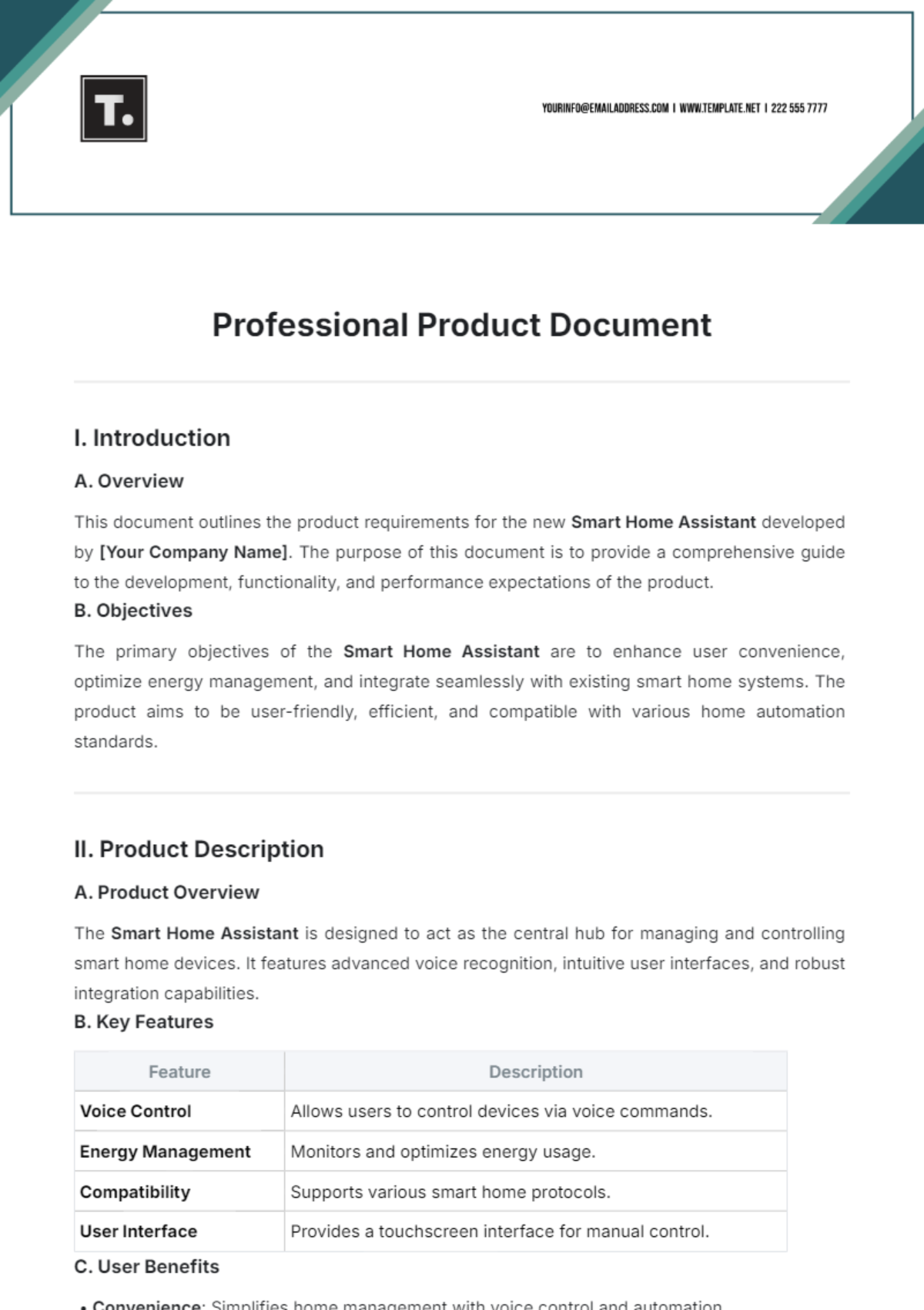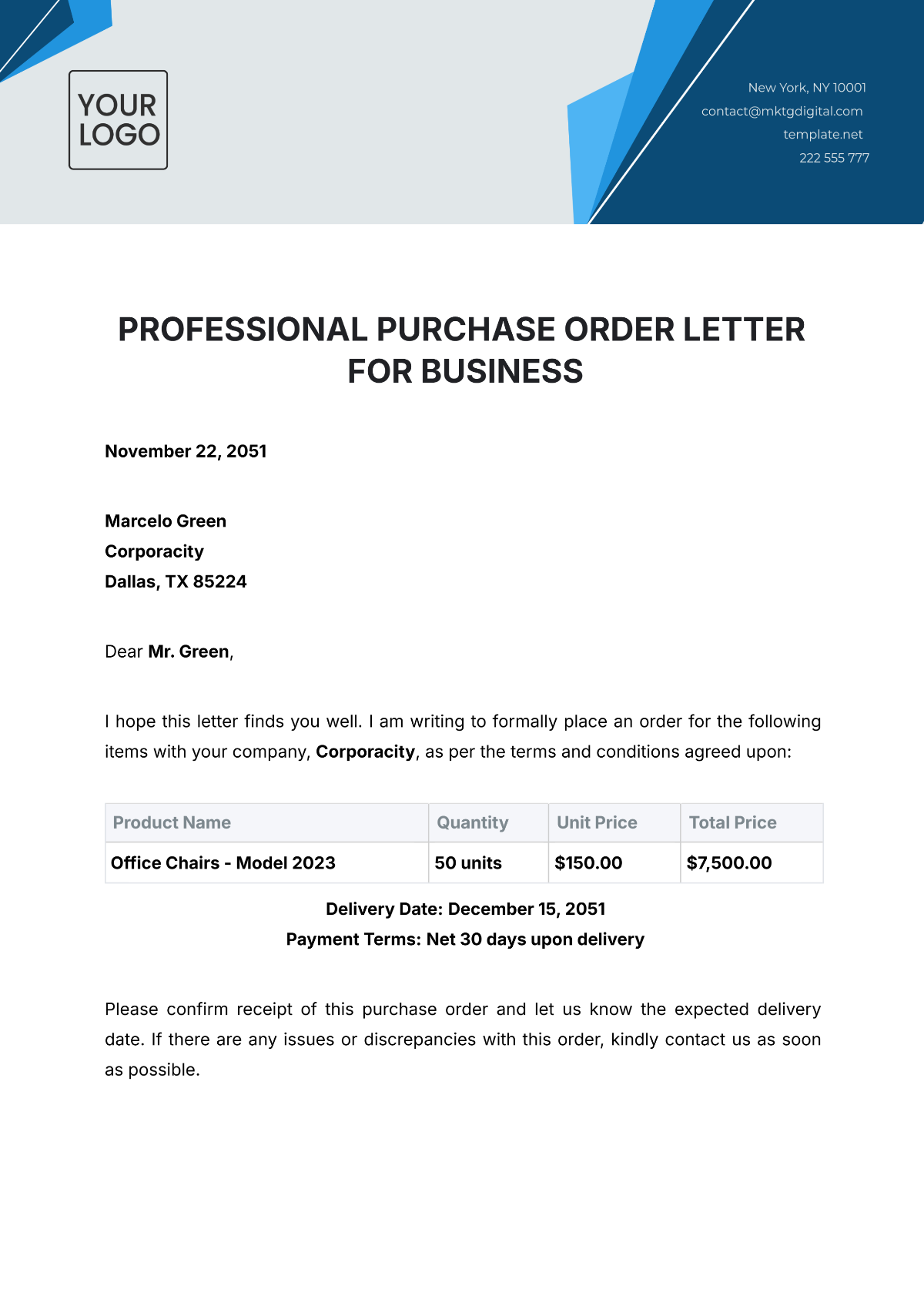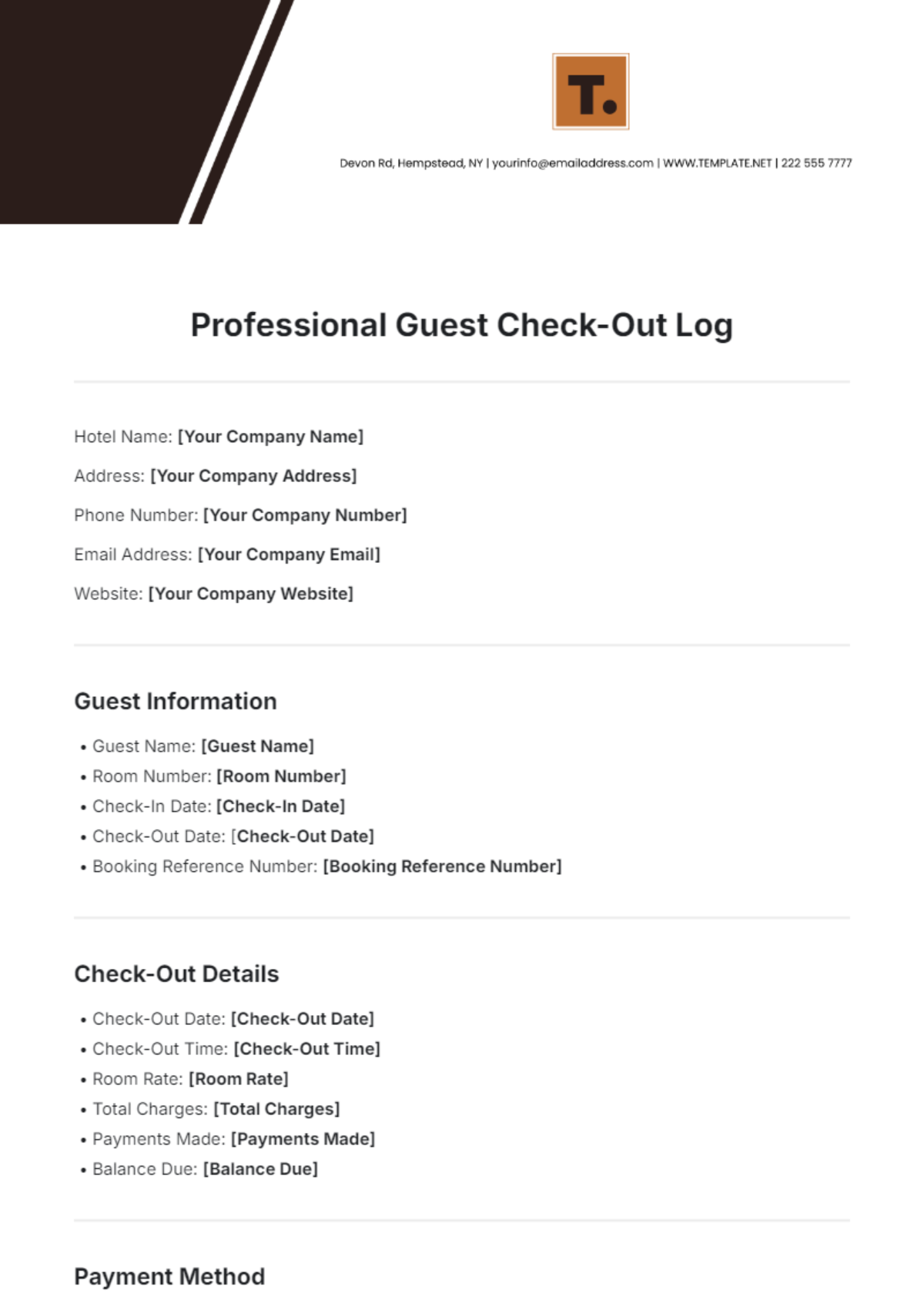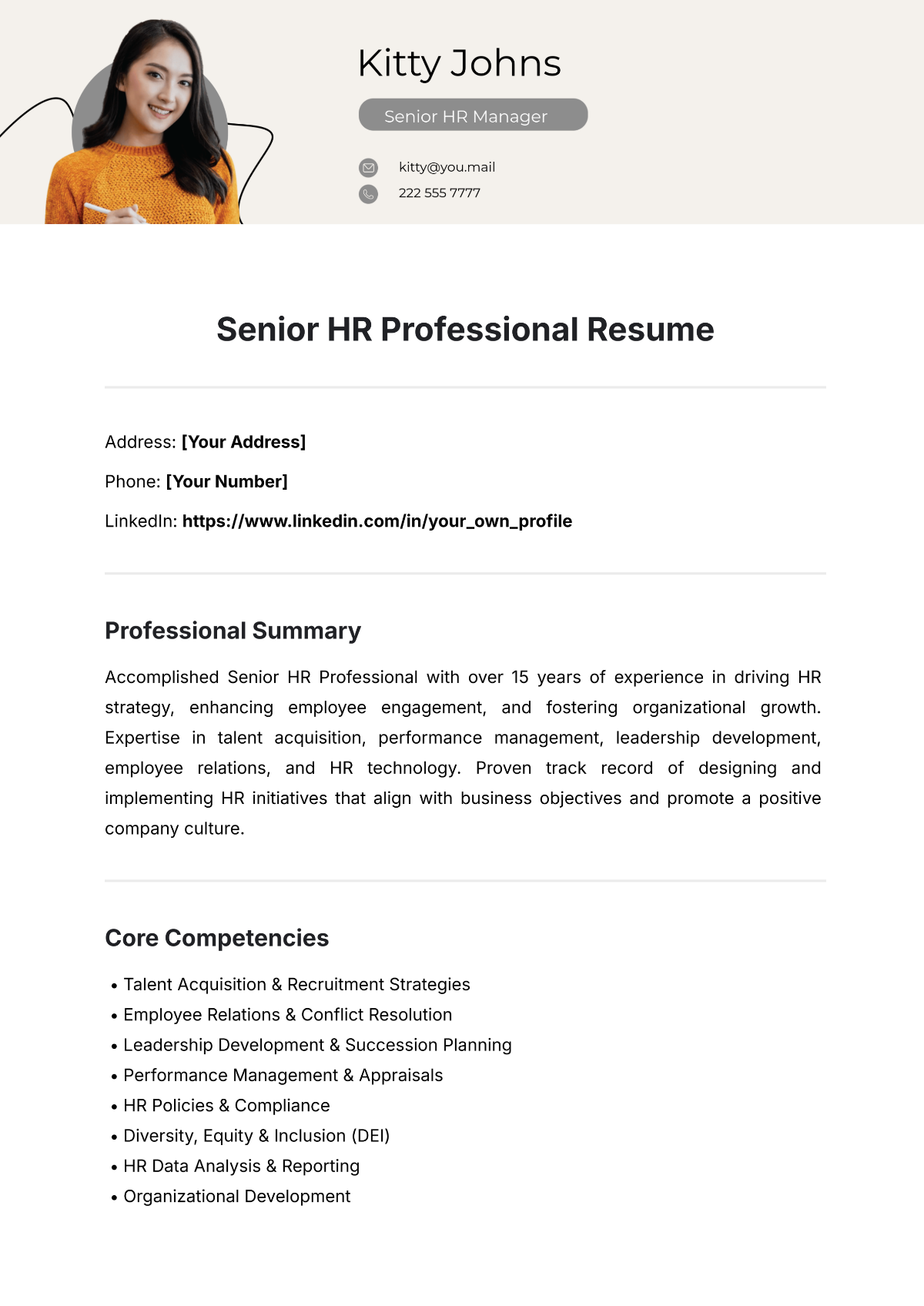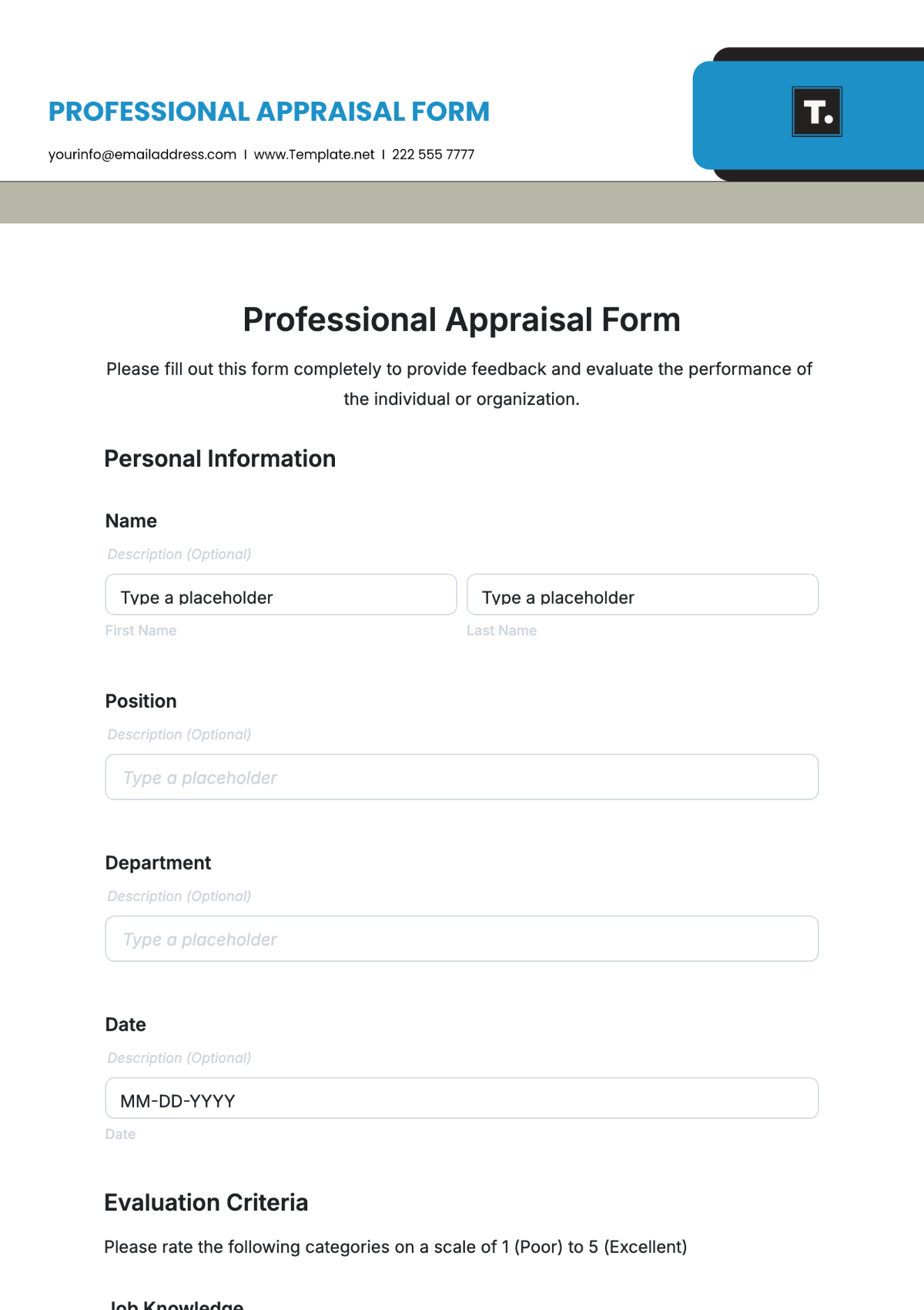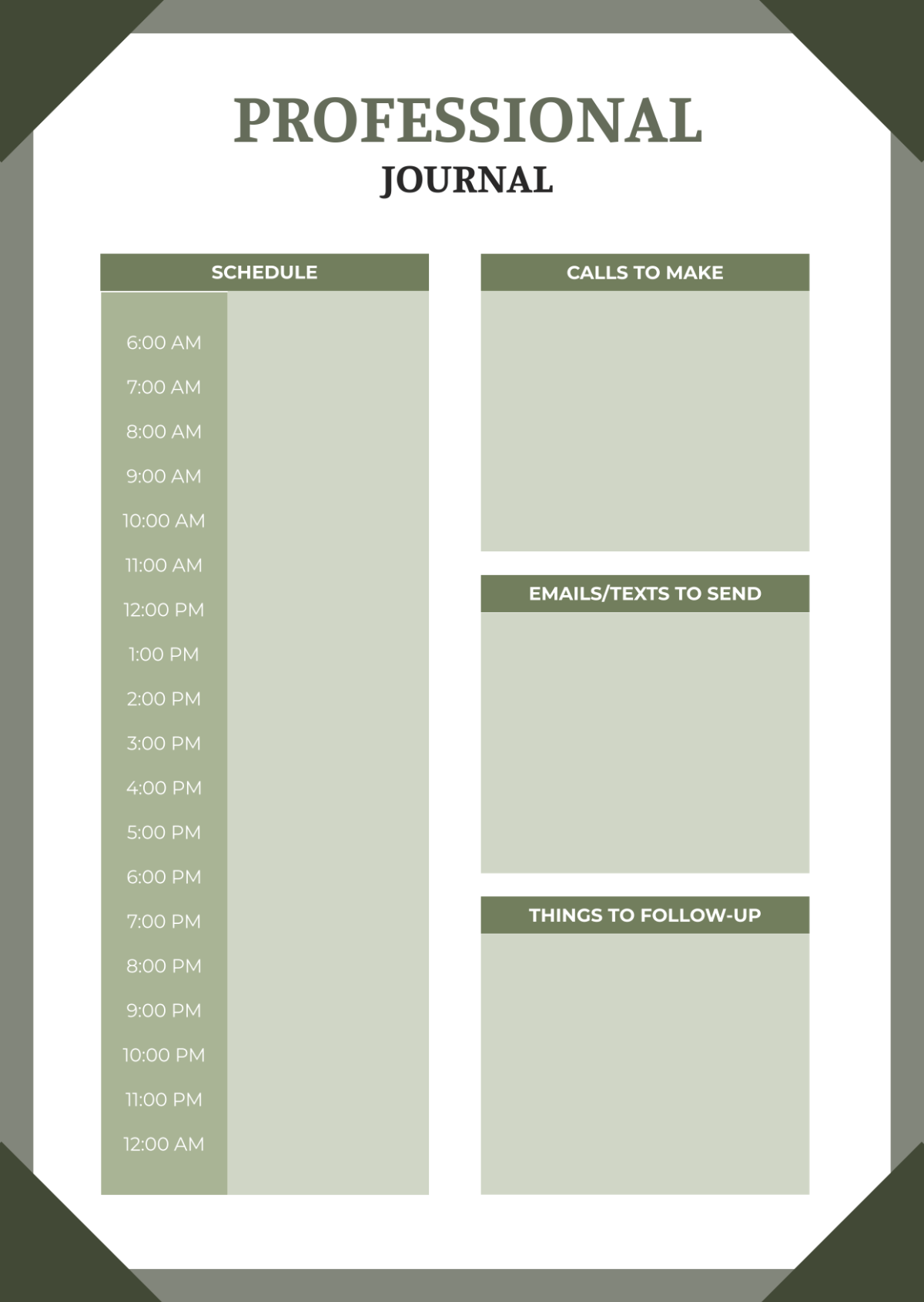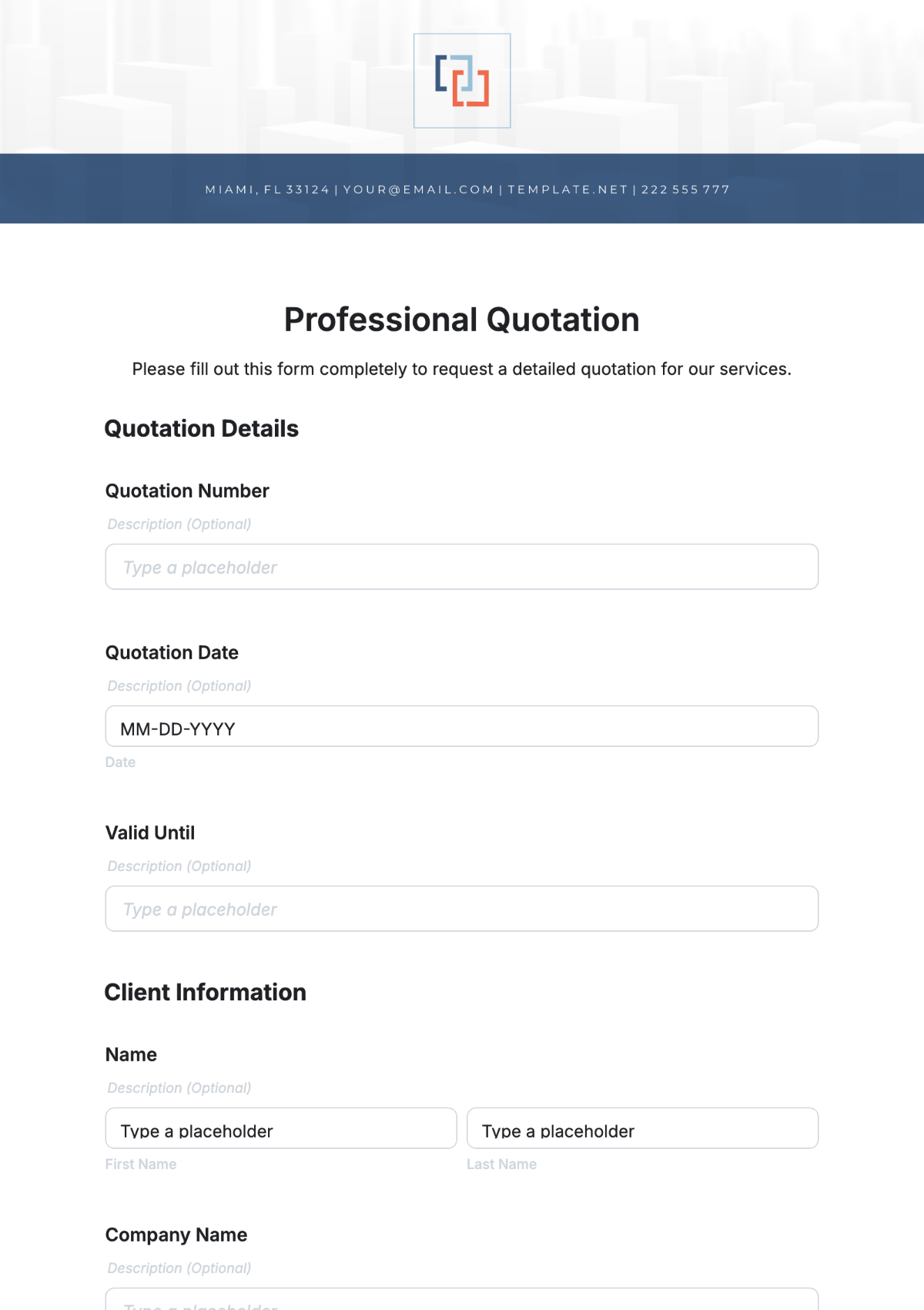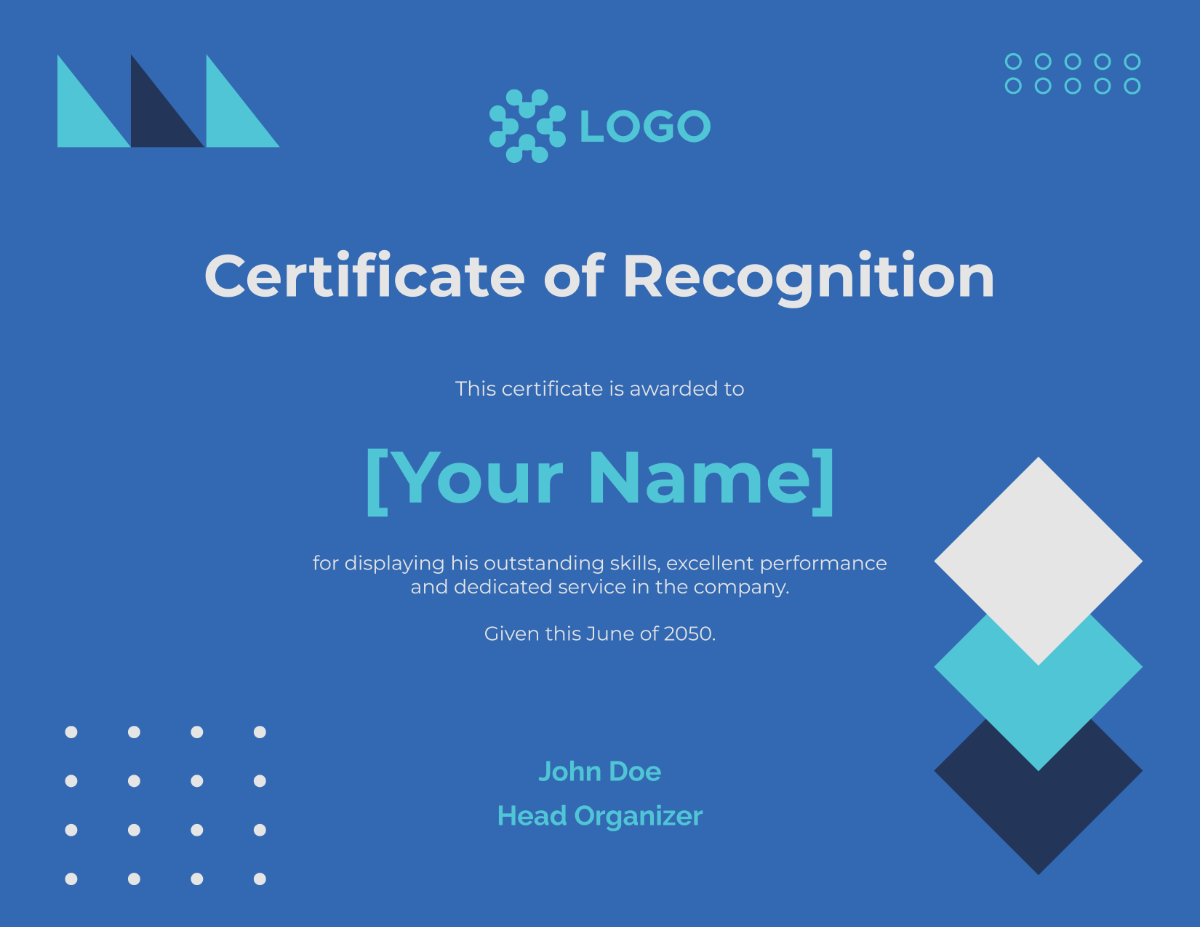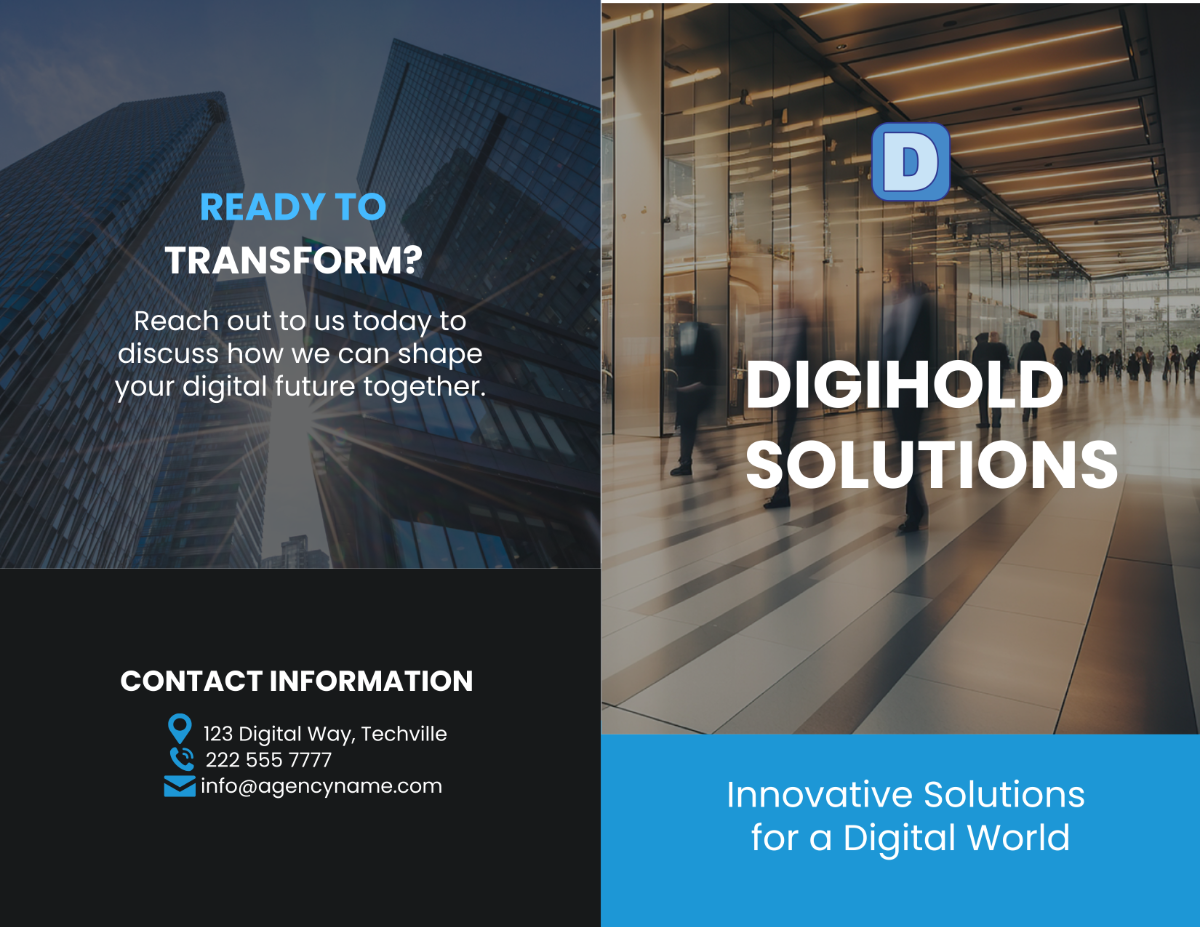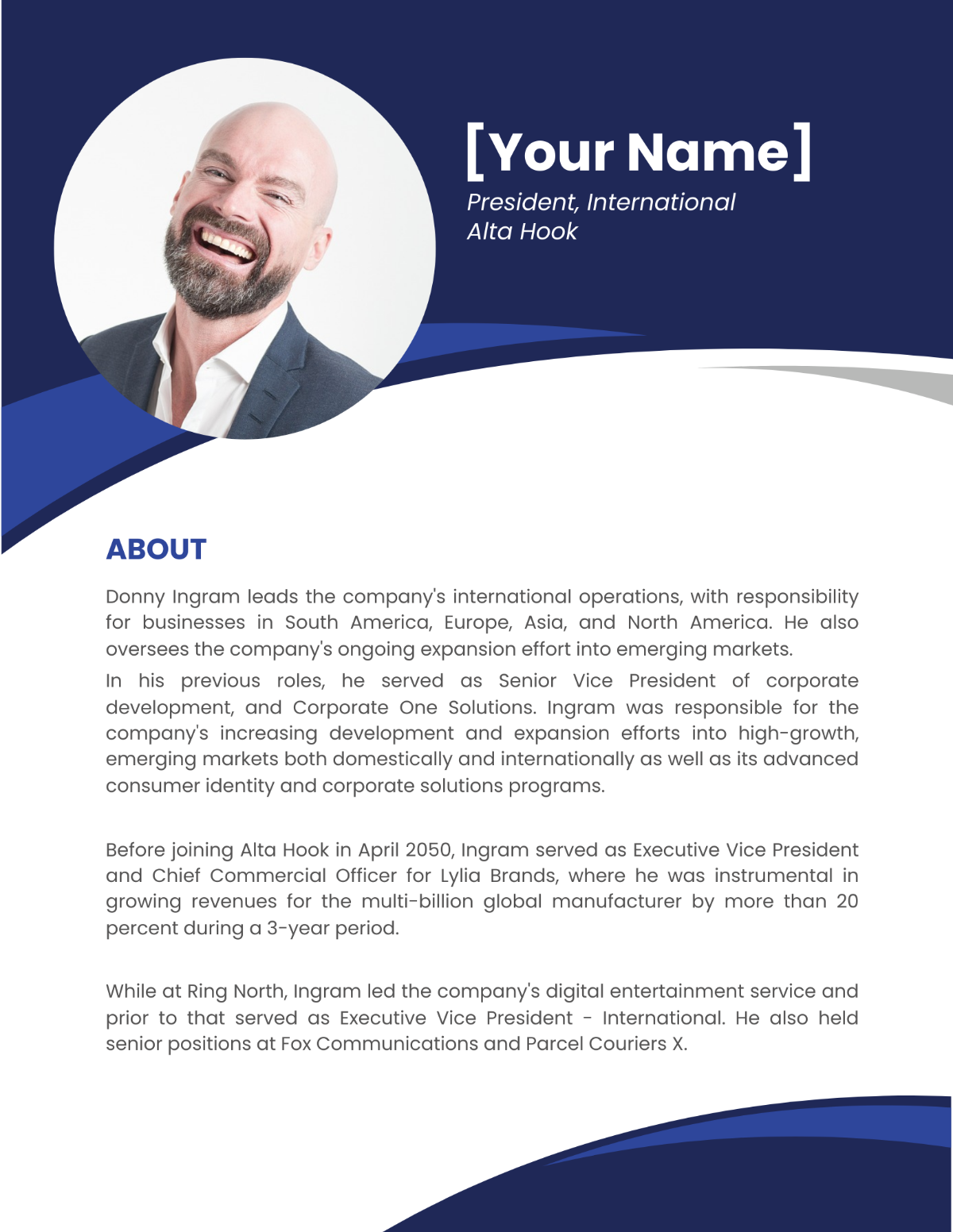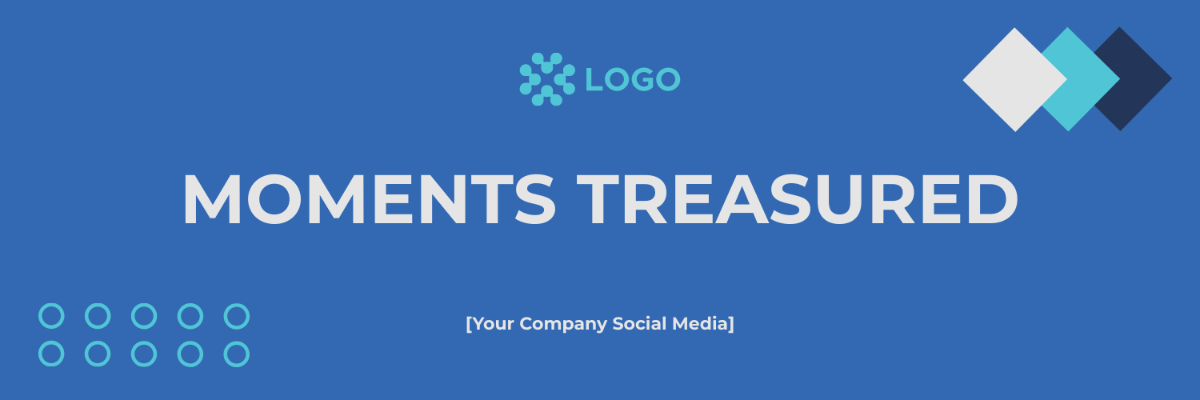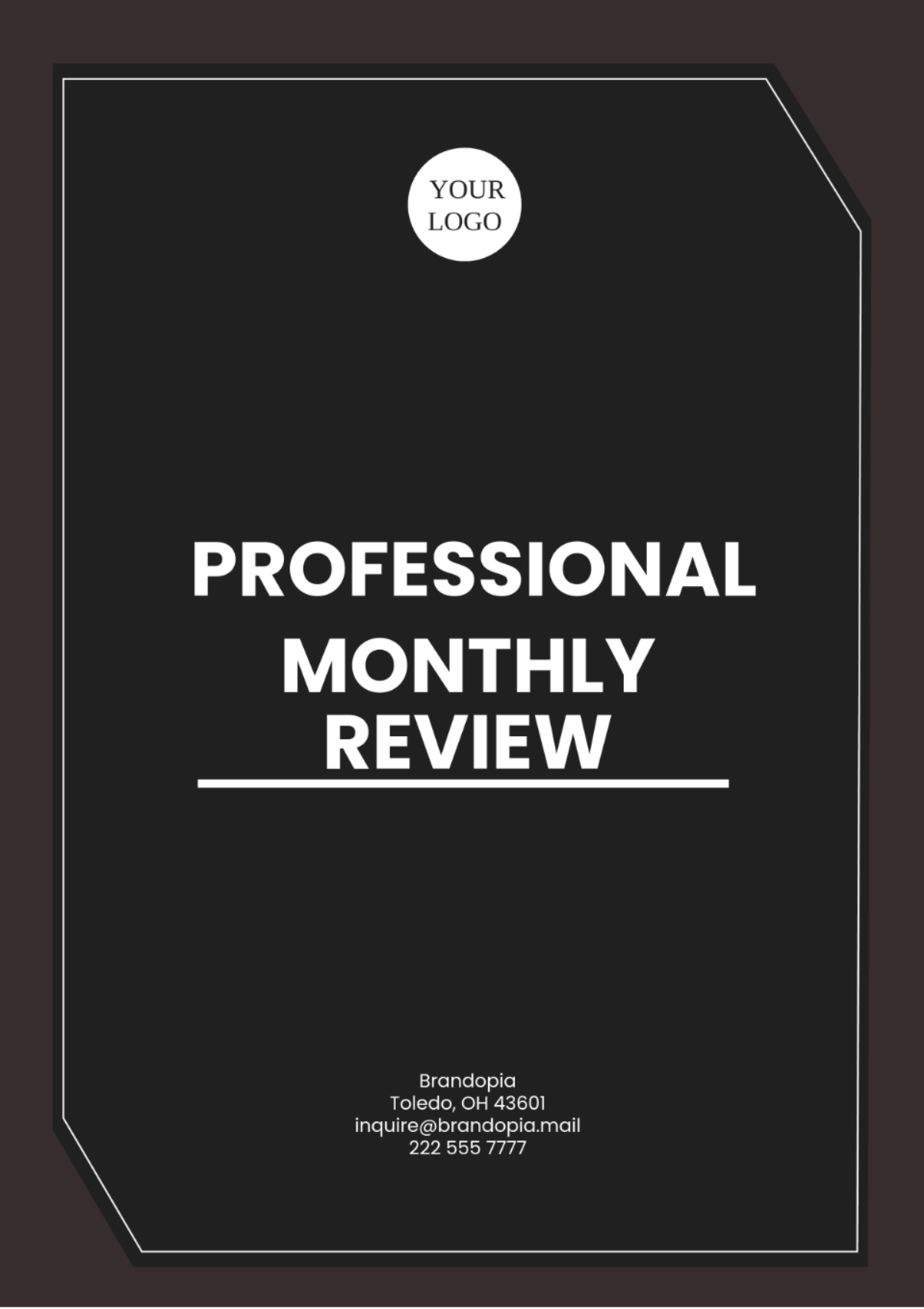Professional Specification Document
1. Introduction
This document provides the technical specifications for the NextGen Analytics Platform, developed by [YOUR COMPANY NAME]. It outlines the requirements, design parameters, functionality, and other essential details needed for the development, implementation, and maintenance of the product.
1.1 Purpose
The purpose of this document is to clearly define the technical aspects and requirements of the NextGen Analytics Platform. It will serve as a reference for developers, engineers, project managers, and other stakeholders involved in the project.
1.2 Scope
This document covers the specifications related to the software and hardware components, performance requirements, security considerations, and system integrations. Any changes or updates to these specifications must be communicated through formal change requests.
1.3 Audience
This document is intended for the technical team, quality assurance team, project management, and any third-party vendors who will interact with the system during its lifecycle.
2. System Overview
2.1 System Architecture
The system architecture is based on a modular design allowing flexibility, scalability, and ease of maintenance. Below is a high-level overview:
Client Layer: User interfaces for desktop, mobile, and web applications.
Application Layer: Core processing units that handle business logic.
Data Layer: A relational database and data warehouse to store and retrieve data.
Integration Layer: APIs and web services for external communication with other systems.
2.2 Technologies Used
Front-End: HTML5, CSS3, JavaScript (React, Angular)
Back-End: Node.js, Python, Java
Database: PostgreSQL, MongoDB
Middleware: Docker, Kubernetes, Apache Kafka
Cloud Services: AWS, Microsoft Azure
3. Functional Specifications
3.1 Feature Set
User Authentication: Secure login with multi-factor authentication (MFA) and password encryption.
Data Analytics Dashboard: Customizable reporting tools, KPI tracking, and real-time data visualization.
Notification System: In-app and email notifications for critical updates and alerts.
API Access: RESTful APIs allowing external systems to access and update data.
3.2 Use Cases
Admin Dashboard: Administrators can view system performance metrics and manage users.
User Interaction: Users can register, login, update profiles, and access custom reports.
Third-Party Integration: The system integrates with external platforms via APIs for data exchange.
4. Performance Specifications
4.1 Response Time
The system should respond to user inputs within 200 milliseconds on average for critical functions.
Database queries should execute within 1 second for basic operations.
4.2 Load Handling
The system must support:
10,000 concurrent users at peak times.
100 million transactions annually, scaling up as demand increases.
4.3 Scalability
The system is designed to handle an increase of 30% user growth annually through cloud-based scaling solutions like AWS Auto Scaling.
5. Security Specifications
5.1 Data Encryption
All data, both at rest and in transit, must be encrypted using AES-256 encryption standards. TLS 1.3 must be enforced for all communications between clients and servers.
5.2 Access Control
Access to the system will be role-based, ensuring that users only have permissions necessary to complete their tasks. Admin-level access will require multi-factor authentication.
5.3 Vulnerability Management
Regular vulnerability assessments must be conducted at least twice annually to identify and patch any security loopholes. Security audits should also be scheduled every six months.
6. Compliance and Standards
6.1 Regulatory Requirements
GDPR: The system must comply with data privacy regulations as outlined by the General Data Protection Regulation.
HIPAA: For systems that process medical data, full compliance with HIPAA standards is required.
ISO 27001: Information security management must meet ISO 27001 standards for organizational security.
6.2 Industry Standards
OWASP: All web applications must adhere to the latest OWASP guidelines for secure software development.
PCI-DSS: Systems processing payment information must be compliant with PCI-DSS requirements for transaction security.
7. Testing and Quality Assurance
7.1 Unit Testing
Every function and component of the system must undergo unit testing to verify individual functionalities.
7.2 Integration Testing
All modules must be tested for proper integration with other parts of the system, including third-party integrations.
7.3 Load Testing
The system must undergo load testing to ensure it can handle peak user volumes and transaction loads as specified in Section 4.2.
7.4 User Acceptance Testing (UAT)
Before the system is deployed, UAT will be performed by stakeholders to confirm that all functional requirements have been met.
8. Maintenance and Support
8.1 Support Levels
Level 1: Basic troubleshooting and user queries.
Level 2: Technical support for resolving system issues.
Level 3: Engineering support for in-depth technical problems and system changes.
8.2 Maintenance Schedule
Regular maintenance will occur on a quarterly basis, with downtime scheduled during off-peak hours. Critical updates and security patches will be applied as needed.
9. Appendices
Appendix A: Glossary
API: Application Programming Interface, used for system-to-system communication.
MFA: Multi-factor Authentication, an enhanced security measure.
UAT: User Acceptance Testing, final testing before deployment.
Appendix B: References
GDPR Compliance Guide, European Union, 2060.
ISO 27001 Standards, International Organization for Standardization, 2060.
OWASP Top 10 Security Risks, Open Web Application Security Project, 2060.
